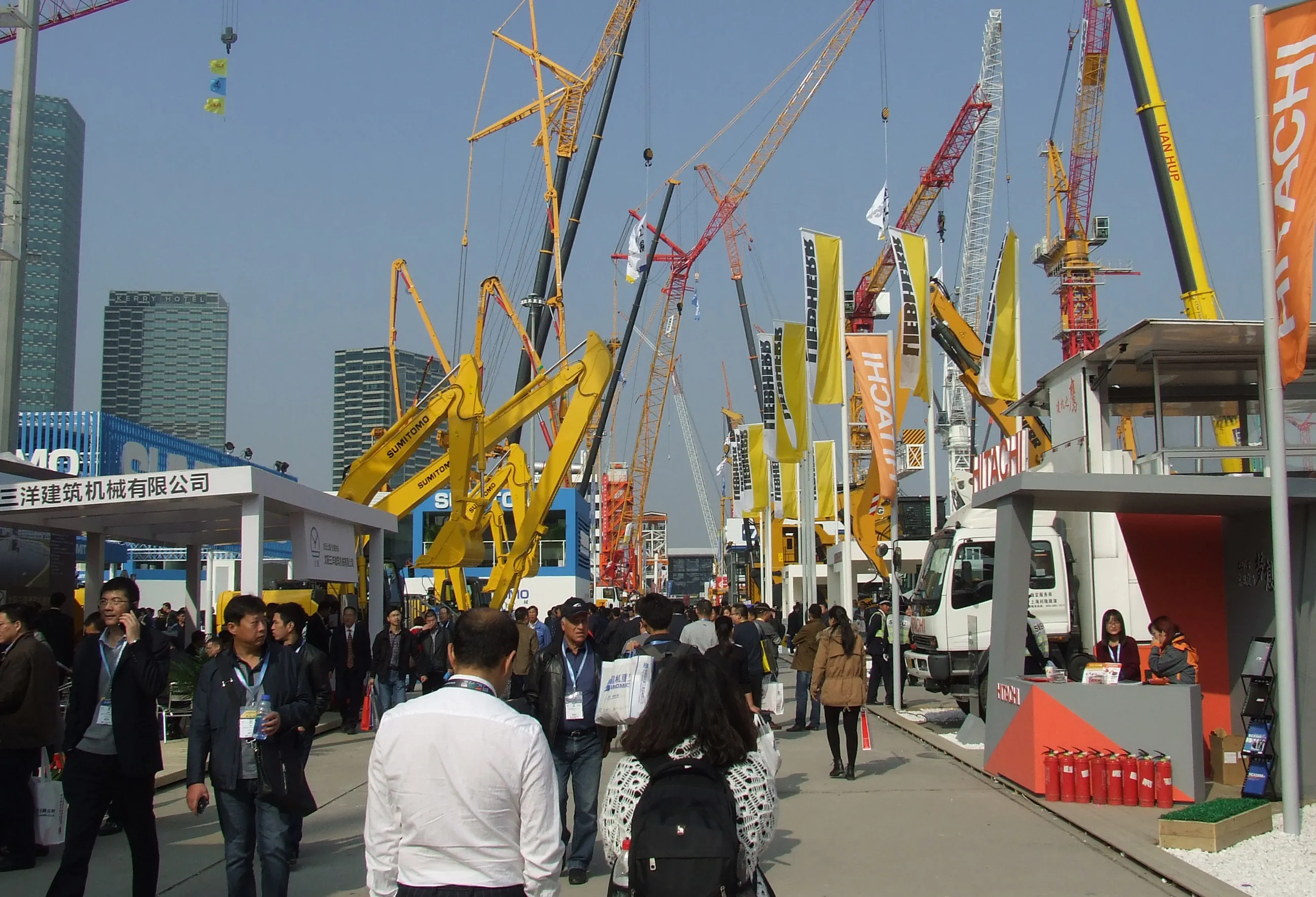Kobelco Construction Machinery Group is expecting strong sales in North America and Europe in the 2014 financial year after recently re-entering both key markets after a decade-long absence.
Consolidated net domestic sales in Japan in 2013 financial year (April 2013-March 2014) were up 29.2% year-on-year to US$1.362 billion (138.3 billion yen), with overseas sales at $1.771 billion (179.9 billion yen), a year-on-year increase of 11.9%. The ratio of overseas sales to consolidated net sales decreased slightl
May 19, 2014
Read time: 2 mins
Consolidated net domestic sales in Japan in 2013 financial year (April 2013-March 2014) were up 29.2% year-on-year to US$1.362 billion (138.3 billion yen), with overseas sales at $1.771 billion (179.9 billion yen), a year-on-year increase of 11.9%. The ratio of overseas sales to consolidated net sales decreased slightly year-on-year to 56.5%, compared to 60% in 2012.
Kobelco says its business environment “changed dramatically” in the 2013 financial year due to factors such as the booming domestic market, sudden downturn in Southeast Asia, and the Group’s re-entry into Europe and the US.
For the 2014 financial year, Kobelco is forecasting a sales decline in its native Japan due to an accelerated machine demand from rental companies in the previous financial year. The 2013-14 demand was said to be due to factors such as the launch of earthquake reconstruction projects, a large number of inspection and renovation works for aging infrastructure to build national resilience, and last-minute demand due to stricter emission Controls and the consumption tax increase from April 1 2014. The Group notes continuing “uncertainties” in the Chinese and Southeast Asian markets. However, it believes sales and marketing activities will “shift into full gear” in North America and Europe. Overall, demand for Kobelco construction machinery is anticipated to show steady growth, and full production is forecast to continue at the Itsukaichi Factory and the Ogaki Factory, which manufacture heavy and mini excavators respectively.








